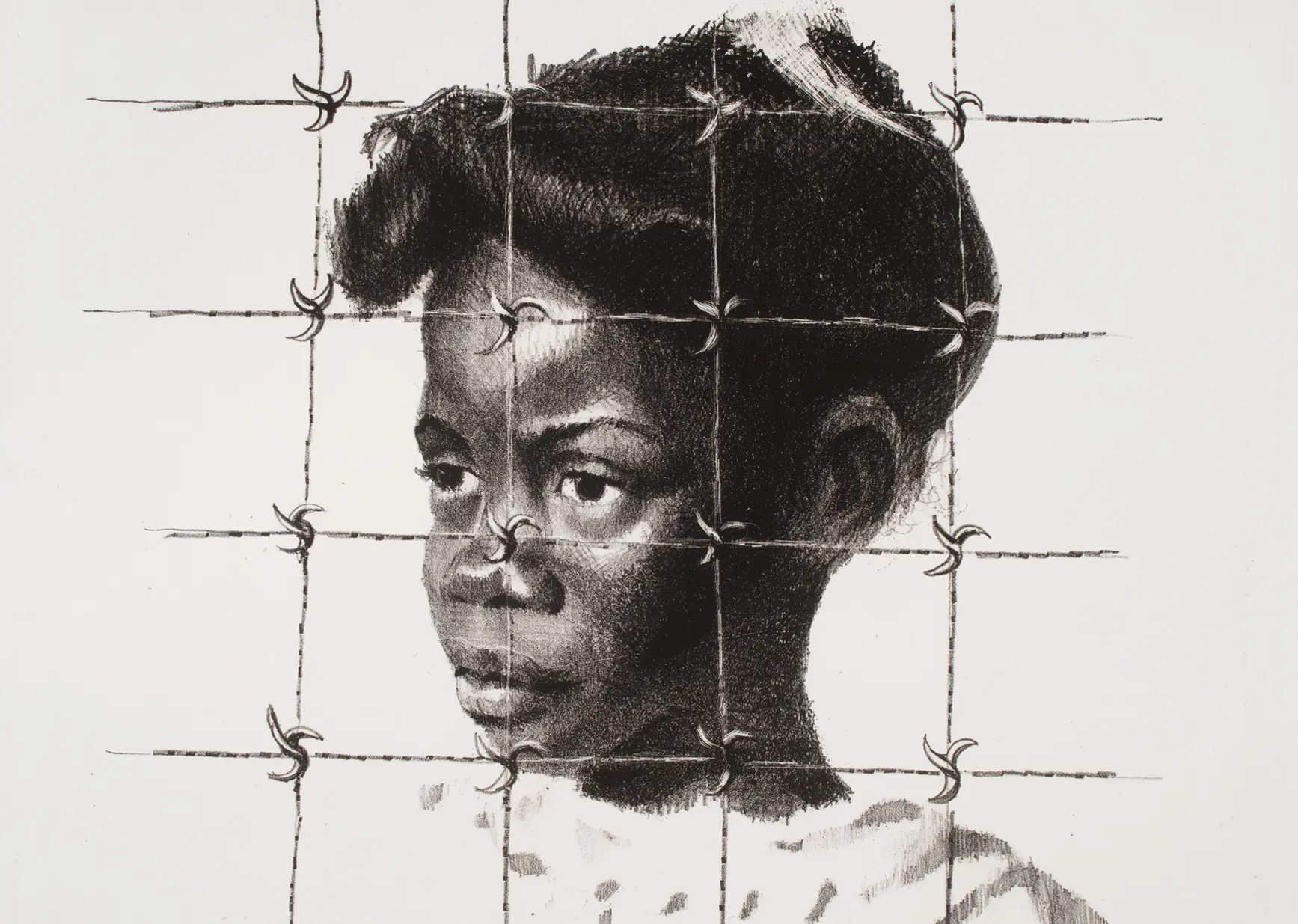Ernest Crichlow was born in 1914 in Brooklyn, New York and passed in 2005. He was an African American painter, illustrator, and graphic artist. He won a scholarship to the Commercial Illustration School of Arts which he attended for three years during the height of the Great Depression. Crichlow was an advocate for new and established African American artists. Crichlow, together with Romare Bearden and Norman Lewis, founded the Cinque gallery in 1969. His works have appeared in exhibitions in the Mid-Atlantic and beyond for several decades.
Figurative paintings composed the majority of Crichlow’s work. He studied people in his Brooklyn neighborhood as inspiration. Waiting, like many of his other pieces, features an African American girl as the primary subject. Crichlow intentionally placed African American women and girls as central components in his works, as they are often underrepresented and devalued in life and art.
Ernest Crichlow’s Waiting (1968) is breathtaking and moving. The portrait of a young Black girl gazing out behind a barbed wire fence evokes many feelings. The young girl’s expression is one of anticipation, hope, and sorrow. This piece was created during the period of the Civil Rights Movement and in the year Dr. Martin Luther King Jr., a prominent leader of the Civil Rights Movement, was assassinated. For centuries, African Americans had been told to wait for freedom, equality, and civil rights. The movement shook the nation and made it clear through various events that African Americans were tired of waiting. Changes and actions needed to be made, whether America was ready for change or not.
Crichlow’s decision to depict a young African American girl with a dark complexion instead of a young boy or an adult adds an extra layer of meaning to the print. The subject’s gender and age symbolize innocence. The viewer notices her expression and respectable, clean white dress and styled hair. The child’s clear innocence and neat presentation create a strong juxtaposition with the barbed wire, raising questions for the viewer. Waiting asks viewers to ponder the social, cultural, and political implications of the times this work was created in, and its meaning today.
Danielle Bing
Graduate Student in History and Museum Studies, University of Delaware
Waiting, 1968. Ernest Crichlow (1914-2005). Lithograph, composition: 12 x 11 1/12 inches, sheet: 18 ½ x 13 ¾ inches. Delaware Art Museum, Acquisition Fund, 2019. © Estate of Ernest Crichlow.

